Send It! Your Guide to Adventure Sports
Photo courtesy of Adam Edwards
Part of what makes shared culture in outdoor recreation so great is the shared vocabulary. However, having to learn an entirely new lexicon can be off putting or intimidating to newcomers. Get a head start with our deep dive into adventure sports lingo. Let’s hear from our experts: sponsored climber Justin Forrest Parks, competitive kayaker and instructor Adam Edwards, sponsored mountain biker and skier Brooklyn Bell and skydiver Danielle Williams.
Justin: I think the first time I heard climbing slang it felt somewhat intuitive but also very funny. We use words like sloper, jug, crimpy, undercling—it’s just the way we talk. We’re also visual people, so we often act out what we’re saying while we say it. If you aren’t a climber you may be wondering ‘what in the world did you just say?’ but once you start climbing it clicks and you’re one of us.
Adam: I’ve been a part of outdoor education and outdoor recreation culture for about ten years. Each sport and speciality has its own lingo and jargon with a fair bit of crossover. I remember transitioning from other sports like Brazilian jiu jitsu and Muay Thai—which also have a very specific jargon all their own, to extreme sports. I didn’t feel too out of place. I knew I needed to learn what the random words being said meant but I did have awkward moments.
I remember once in Squamish, on my first bona fide climbing trip, I attempted to compliment my partner by saying they really sewed a route up. I had no idea that was an insult given the context and skill disparity—oh fun times! I’ve learned a bit more now and tend to try to bridge the gap between inner circle jargon and easy access language.
Brooklyn: I have always found outdoor sports lingo so fascinating and really funny. I bike, ski, climb and I'm a college student so the way I talk is a combination of all these communities. The way we talk can unify us but can also leave people out. I have had moments where I am deep in conversation; throwing around words like bro, shred, gnar and really connect with someone in the sport and other times I ask myself, “Why? Like why do we need to be like this?” I can think of a number of occasions when I had to ask someone to explain to me what a term meant and that's ok.
I remember learning what pitted meant a couple of years ago. It means to ski deep pow. I am still not sure if it means that the snow is a pit or if the snow is armpit height. Someone just the other day told me that he was skiing braille. I guess it means to have zero visibility and just have to feel things out as you ski. It made sense when someone explained it but otherwise I had no idea. The words and lingo are constantly changing. I am really excited to see the lingo change and evolve as more people get into outdoor sports.
Danielle: When I initially got certified as a skydiver I was super stoked the first time someone asked me to grab a beer after a long day of jumping. About ten minutes into the conversation though I felt lost. It was a bunch of shop talk comparing different gear occasionally punctuated by words like out face carve. The moment felt a little alienating—I knew I loved jumping but I couldn’t understand what the hell anyone was saying. This was middle school all over again when I pretended I was interested in building computers so I could hang out with a guy I liked after school. True story.
Of course now I’ve come full circle and I talk like that too. The big lesson for me was that overly technical language creates unintentional barriers between those with know-how and those who don’t. It also alienates those who could care less!—to include partners, coworkers, family members and anyone else who is politely listening to your skydiving beta until they can make their escape! Now I can spot a non-skydiver’s eyes glazing over in an instant and shift the conversation back to areas of mutual interest but there’s still an instant bond when I meet another skydiver and we code-switch to our language. Find you an adventure athlete who can do both!
Skydivers prepare to exit a Twin Otter aircraft over Skydive Dallas. Photograph courtesy of David Ryder.
What are your favorite words or phrases?
Justin: Whipper is such a great climbing word. It means to take a fall. To me the term implies screaming and epicness. You can watch videos of whippers on Vimeo or YouTube. The “Weekend Whippers” are both really funny and also educational. Sometimes a big fall can be dangerous. It’s good to know what to do and what not to do.
Chossy is another favorite. It means that the route is super dirty with loose rock, bird poop, etc. Climbs can get harder if they’re really chossy. It can also be dangerous for your belayer. That’s why trad (traditional) climbers typically wear helmets.
Adam: My favorite whitewater kayaking words and phrases are probably boof, send it, blue angel, beater, fluffy, mank. Also the ever fun, “you can only run it blind once.” To boof is to use a specifically timed and oriented paddle stroke to increase the lift and speed of a kayak as it travels off and over a drop in a gradient such as a ledge or waterfall. It is also the sound the kayak can make when it lands. To send it is to fully commit to running a feature and, ideally, running that feature as near to perfect as possible. It can also be used ironically as in “looks bad, still gonna send it.”
Blue angel refers to paddling into a feature as close behind your paddling partner as you both are comfortable. It gives new meaning to the other term, sink or swim. When you blue angel you get the most immediate beta about whether a line is good or not. The downside is you have little to no time to change your course before you potentially run your friend over. Or you could help them out by pushing their boat out of a retentive feature. It should only be done with a fair amount of skill and a small disregard for safety. To beater is to fail to make the line you were hoping for in a river feature. The end result could be swimming, piton (unintentionally paddling or crashing into a hard surface) or swimming out of your kayak due to missing a line. Actually beater can apply to anything in life. Drop the eggs making breakfast; you just beatered breakfast.
If someone says a kayaking run is fluffy they usually mean it is rowdy, a bit on the high and scary side but not so scary that they wouldn't do it again. Or it may be some combination of those things so they simply say, “it was fluffy.” In other words the run will be fun and hard but you might lose your lunch money if you don’t stay focused. Mank means low water or kow volume river features where rocks are menacing your boat. Encounters with rocks lead to scratches, cracks, dents, pins, pitons and occasionally hospital visits. But mostly a manky run means your boat is going to take a lot of abuse and you may portage, or walk around things to avoid worse outcomes like pins which are when your kayak gets stuck in a cleft in the rock (bad) or underneath something (worse).
Now lets use them in a sentence: We put on the river and were just blue angeling down; I was leading and hit the money boof on the river right below the log. I heard Chris yelp and thought he had beatered the ledge but when I turned around he pulled it together and sent it. Overall the run was definitely on the fluffy side of good though. Don’t know why anyone would think there would be mank with all this rain.
Brooklyn: A term that we use in mountain biking that is really endearing to me is tow me in. When I ride with friends we will session difficult features or terrain and it takes a lot of courage to hit a big drop or jump for the first time. If I’m approaching a big jump for the first time I’ll ask one of my friends to lead me into the jump and I’ll match their speed. I love this term because it takes a great deal of trust for me to ask someone to tow me in. It takes courage and confidence in ability to make an offer to tow someone into a feature. There is a really cool relationship that is built on this trust and through working through these difficult features. It can be really rewarding when everyone can work together to accomplish people’s individual goals.
Danielle: People usually scratch their heads when I use the word boogie. It sounds super dated but it’s the jumper term for a skydiving festival. The same ones happen at the same time every year. So sometimes we just refer to them by the event name like “Are you going to the Invasion?” or “How was SummerFest?” BSBD is another common skydiving term that you won’t see anywhere else. It stands for Blue Skies Black Death. I really like how it balances the beauty and the inherent danger in jumping out of airplanes. We say it after a person passes away in a skydiving accident. A whuffo is a non skydiver who constantly asks “now what would you want to do that for?” CRW Dogs are skydivers who enjoy stacking or deliberately down-planing their canopies in the sky—talk about calculated risk! My absolute favorite phrase is Femur is not a verb. It’s a good safety reminder not to do dumb shit.
Photo by gregepperson/iStock / Getty Images
Talk beta to me.
Justin: Breaking beta is another funny term. Beta is information that you may need to know to complete a climb, such as which route to follow up the mountain or which hand and foot holds to use; In other words, how the route wants to be read. “Breaking beta” means climbing a route a different way; it usually requires a lot of strength, flexibility and creativity. Margo Hayes is a 19 year old from Boulder CO; a phenomenal climber who recently became the first woman to ascend a confirmed 5.15a route. At some point on her ascent of La Rambla she breaks the beta by putting her feet over her head. Ashima Shirashi is another climber who breaks beta often; perhaps due to her height. Her style of climbing look super different and extremely cool.
Adam: Listening to kayakers talk is probably similar to other outdoor sports. We chat about the quality of our dry-suits: goretex body suits which we wear to keep warm. We argue over which companies have better gear warranties and what length paddle you should use according to skill level, style, height, and shoulder strength; which boat is the best new design, which old boat is still relevant. Becoming a kayaker means learning to love the sweet boofs, taking the lateral wave to jet surf to the lip, dip your edge and send it. We are bluntly descriptive. Our speech is directional because direction and flow are what kayaking is all about. Keeping it simple is especially important when we have to communicate in deep canyons over the din of rapids and waterfalls.
Brooklyn: Haha skiers and mountain bikers talk a lot about gear. Mountain bikers like to talk about geometry and wheel size when referring to bikes with suspension. Skiers will have very practical discussions about outerwear. We also talk about ski width and length as well as the differences in ski profiles: cambered, rocker, twin tipped.
Danielle: Our version of beta is gear talk. It’s a small community and the brands are well known and owned by fellow skydivers. People also tend to update their gear a lot so if you’re hanging out at the bonfire you'll hear skydivers discuss their favorite parachute containers (Icon, Javelin, Vector, Mirage, etc.) and parachutes (Sabre 2, Velo, Pilot, Safire, Katana). Sometimes we talk about stuff you shouldn’t do as in "don't downsize from a Pilot 188 to a Velo 90, teach yourself how to swoop and then hook it into the ground." Once you add helmet mounted DSLRs, bite switches, blow switches, skyhooks, AADs and wingsuits the possibility for shop talk is endless!
Photo by gregepperson/iStock / Getty Images
Do you share any words in common?
Justin: We use rad, stoked and send it! To send it is to successfully climb a route without falling regardless of how many times you’ve tried the route. To flash a route is to climb something without falling with beta or after having watched someone climb it prior. Onsite is to climb a route without falling without the benefit of beta and without having made a previous attempt. Red point is a sport climbing term. It means to successfully climb a route without falling after one previous attempt.
Adam: Stoked, steez, send it, shred, sketch, gnar, beater. Kayaking draws its filler words from the same bucket as other extreme sports. We just add a few like mystery move, chunder, and squirt.
Brooklyn: Dudddde! Rad! Shreddy
Danielle: Haha! Good question! I guess being able to talk to each other is important. I think words like shred, stoke, sketch and gnarly are pretty universal. Every community is different though. Send it is increasingly popular in skydiving. Carve is also a big skydiving term (basically refers to flying your body in a circle while head up in a standing position or head down). I’m not sure if that translates! Each community within skydiving (e.g.- wingsuiters, CRW dogs, swoopers, RW, FF) also has their own vocabulary so being able to understand other skydivers is hard enough!
Photo by / Getty Images
What is unique about the way your sport uses language?
Justin: Climbing has very few words with negative meanings. The language of climbing is overwhelmingly positive, inclusive and motivational. I think the way we talk reflects the climbing community in general in that encouragement is really key. Sure we yell a lot. If you're hanging out at the crag you'll hear people shouting “come on, come on; you can get it, you can send it, keep breathing!" I think this is true with all different types of climbing but especially true of bouldering. Bouldering is one of the most communal climbing disciplines. Your friends are a few feet away shouting encouragement and sharing beta. Sport climbing is a bit different: there’s more exposure and less of the communal aspect but the level of excitement is still there. The stakes are higher and there’s definitely a enhanced need for communication with your partner—your life could depend on it!
Non verbal communication is also a big part of climbing. Sometimes climbers can’t hear each other due to distance or route features. This can happen on trad routes and occasionally on sport routes as well. In this situation, we still use verbal communication (e.g. - Sebastian, off belay). Or we might switch to a preset non verbal communication. A example could be pulling up a handful of rope and dropping it three times to signal to the belayer 80' below that the climber has clipped into the first anchor and is off belay. Trust is such a part of climbing whether you’re bouldering with an entire crew or doing big wall climbing with just one other person. Solid communication techniques helps build trust between climbers!
Adam: The ability to communicate information quickly, concisely, and as descriptively as possible is highly valued in kayaking. The friend who can describe a line of rapids so well that you can visualize the run is a super valuable resource on the river. Generally speaking we cannot hear each other when we're paddling rapids unless we are yelling or making a kayakers “yip." A yip is a distinctive yelp or wahoo sound that you occasionally hear on the river. So our most vital communication happens before all of the action. It's crucial to obtain accurate beta prior to running a line. That could come from scouting, reading trip reports or from talking to friends. Different crews have different ways to signal different directions and hazards.
Danielle: Skydiving is all about non-verbal communication. We don’t speak during free fall or under canopy and it’s difficult to be heard on the plane over the noise of the engine. However, we do communicate: through a glance, through grips, or through body position. A non verbal count can perfectly time a linked eight person exit from the jump door of an aircraft. A flash of hands moves a formation skydive—as small as two or as large as hundreds of skydivers—to the next point. Skydivers will wave off before they deploy their parachute to warn jumpers who might be directly overhead. If someone suddenly turns and tracks away during freefall they’re not being rude; they’re letting you know that the jump is over and you should deploy your canopy.
Even in the plane we rely on hand gestures and established routines to communicate. At 1,000-1,500 feet almost every experienced jumper on the plane will reach down and unbuckle their seatbelt as if on cue—it is! Most of us are wearing audible altimeters and at 1,000-1,500 feet we take off our seatbelts in case we have to do an emergency exit. After an exchange of glances and thumbs up the nearest jumper will open the jump door. If that doesn’t happen only then will jumpers switch to verbal communication to yell "DOOOOOOR" at whomever isn’t paying attention. At 6,000 feet the jump door goes down again as if on cue; no speaking required. Formation skydivers review the dive by running through their grips silently. It looks like pantomiming. At approximately 10,000 feet skydivers start doing gear checks. That’s followed by a round of daps and shaka signs—that’s how we say goodbye and good luck! Please don’t wave; don’t make it weird. After that helmets go on, straps tighten and everyone focuses on a safe exit with proper separation.
When the pilot turns the red light on the jumpers closest ease the door open and stick their head out of the aircraft to spot jump run and scan for air traffic below. All of this happens without verbal communication. Hands flash to confirm break off altitude. Then everyone exits at deliberately spaced intervals.
If we use verbal communication it’s usually when something goes wrong: someone doesn’t open the door at the red light, someone’s reserve flap is open, jump run needs to be adjusted or we have to go around due to traffic in the pattern. When things go smoothly, non verbal communication is enough. Our reliance on non verbal communication, timing and routine definitely makes it easier to skydive abroad when you don’t speak the language! It’s a weird fact about skydiving that distinguishes it from other adventure sports.
Photo by lzf/iStock / Getty Images
How do you find other people like you on social media?
Justin: I started following @melaninbasecamp @boccrew @browngirlsclimb and @americanalpineclub which all do an amazing job with sharing their Instagram via Instagram takeovers. My advice is to find someone who’s connected to a diverse group of climbers and follow them! Then build connections!
Adam: I found other kayakers on social media mostly on accident at first. The kayaking community really likes social media, so it was easy to see folks similar to myself. Joining @melaninbasecamp and meeting a lot of Portland locals of color also helped. Oddly enough most of the POC I know in the outdoor industry and on social media all reside in the Pacific Northwest! Another approach is showing up at a river and saying “hey!” That approach has worked well on social media as well. A quick message and off we go.
Brooklyn: I connect with a lot of people through social media! Some of my favorite Instagram accounts that highlight women in outdoor sports are: @shejumps @queensofdirt @thekonasupremes @lostgirlstribe @theskatekitchen
Danielle: If you want to find diverse women skydivers from all around the world check out #adrenaladies and @adrena_ladies! And of course my favorite skydiving hashtag is #team_blackstar and @team_blackstar. We promote diversity in skydiving and feature skydivers of color as well as photos from our annual record jump. If you’re looking for diverse skydiving and base-jumping accounts to follow check out @lindalittlewing @flyingjohnson and @yoogskypilot28 on Instagram.
Photo courtesy of Nathan D.
What’s your advice for newcomers?
Justin: Just ask! A lot of the language seems intuitive to older or more experienced climbers but most are happy to explain. The climbing community as a whole is great about encouraging individual climbers to help them meet their goals within the sport. That includes sharing knowledge! Also just be silly! Yell out whatever you want and see if it catches!
Adam: Take a class, don’t be scared to be scared. Don’t stress that first swim….or that most recent one. Fundamentals for life. Enjoy yourself. Don’t let anyone take you anywhere you wouldn't want to paddle. Be open and honest with yourself about your skill level and do your research on runs before you get on them. HAVE FUN (whatever that means for you on the water where you are in your progression) BE SAFE (don’t take unnecessary risks or put your group in unnecessary risky situations.)
Brooklyn: Create new community and new lingo within outdoor sports. Do anything to make climbing,skiing, biking your own because you own it! Also, don't feel silly asking someone what something is or what something means. The people who come up with this lingo are just as silly as the words themselves.
Danielle: Write a guide and publish it!
Talk Like A Pro!
Climbing
Problem: A climbing route. My favorite bouldering problems are overhanging because I get to climb upside down.
Project: A climbing route at your current grade or higher that you’re currently working on. It challenges you to keep working on it even if it takes 4-5 times to send! My friend Brandon and I traveled to the Red River Gorge to work on his 13a project, Taste the Rainbow
Crux: The most difficult part of the climb. The crux of the climb requires some beta intensive moves.
An epic: When your ordinary climb levels-up due to injury, unsafe conditions or lack of preparedness. My friends and I did a trad multipitch with a walk off last weekend. Unfortunately we pulled an epic when it got dark, not everyone had headlamps, one group got lost on the walk off and a climber broke his leg.
Grade: Its a classification system (e.g.-Margo Hayes recently climbed a 5.15a grade). Classes 1-3 are mostly for hiking or trail running, Class 4 is in between and Class 5 is more vertical than horizontal. The numbers that follow the decimal point are arbitrary and they convey the level of difficulty of a climb. The grade I typically climb at is 5.12a to 5.12c.
Sandbagging: The art of labeling a route at a classification lower than the actual difficulty level. Holy fiddlesticks that 5.9 route should actually be a 5.10.
Kayaking
Throw bag: a length of polypro or spectra rope, usually 55-75’ in length, stuffed into a canvas bag. It cinches closed so the rope doesn’t fall out. They are about the size of a football. We use this for rescue, rappelling, tying things together and many other things. But hopefully it stays in our boat or PFD all day and we never have to use it.
Stout: a rapid, drop, or experience that is very difficult, consequential or intimidating.
Bow rocker: The amount of upward angle the bow (nose/front) of a kayak has. More bow rocker means the kayak will “skip” over things (that is go over a feature like a wave rather than through it)
Mountain Biking/Skiing
Tow me in: Lead me into a difficult feature or difficult terrain. Will you tow me?
Dialed: Means to have everything in perfect working shape. My bike is so dialed or This new trail is really dialed
Line: The direction you steer your skis or bike through technical terrain. A Lot of times there will be multiple lines and the person skiing or biking will have to choose the best line. What do you think of this line over here?
Steez: It means to have a lot of style. Wow you made that look really steezy or That jacket is really steezy, what brand is that?
Skydiving
Pilot chute: an auxiliary canopy attached via bridle to the deployment bag which contains my parachute. To deploy my parachute I pitch my pilot chute into the wind. What a large pilot chute you have; are you jumping sketchy low slider up cliffs again?
Horny Gorilla: a fun jump you do with your friends. Hook your legs and arms together in the middle and exit the aircraft. Release arms and beat your chest! I’m tired of organized jumps; want to do a Horny Gorilla on load ten?
AAD: Automatic activation device that may deploy your reserve canopy should you fail to do so below a preset altitude. No promises, no guarantees. Bro, is my AAD on?
Mr. Bill: a super sketchy jump you can do with a friend. During the skydive one person deploys their parachute while the other person holds onto them. Once they are both under a single canopy the strap hanger releases and goes back into free-fall. Video or it didn’t happen! My friend femured on his first Mr. Bill. And his GoPro wasn’t even on!
Goals for Language
Justin: With climbing every time you’re on the wall you’re putting your trust into yourself, your equipment, your belay partner etc. I think it’s important to share knowledge around what goes wrong. The American Alpine Club has an index of accidents in North America that includes a full analysis of what happened, what went wrong with recommendations for what could be improved. I would also love to see all climbing material translated into Spanish and additional languages.
Adam: As with any sport sometimes the language of kayaking can be intimidating. There are certain terms I didn't grasp until I started paddling harder runs. So they already have a bit of weight to them when you are able to start using them. I enjoy that respect built into the language but I hope to continue trying to make kayaking language more accessible overall. Whitewater scares many people and scares many of us who run it. But we’ve learned if we can translate what's happening into clear and direct language folks tend to be more comfortable. Clear language leads to good decision making and confidence, versus fear.
Brooklyn: I think my goals for language, are to have it expand. To hear and use new words as adventure sports culture becomes more developed and more diverse.
Danielle: I'd like to see more feminine language in skydiving. According to the United States Parachute Association, my sport is 87% male. I think that's reflected in the way we talk. Its reflected in the things we value. It's even reflected in certain gear advertisements which sexually objectify women instead of portraying us as fellow athletes. I'd like to see more gender and racially inclusive language. Everything about my sport is overwhelmingly by heterosexual guys, about heterosexual guys and for heterosexual guys to include the way we talk about women skydivers. That puts the workload on women to teach friends and colleagues that we're not "females" or "sluts" or even "one of the guys." We're not "asking for it" nor are we "pretty good for a girl." Our bodies and appearance aren't topics for conversation and sexual harassment and assault wont be tolerated. There's a lot of potential for change. I'd like to see a future where different identities are also celebrated. I think there's room for everyone in the skydiving community. I strongly feel that diversifying our language is a good first step.
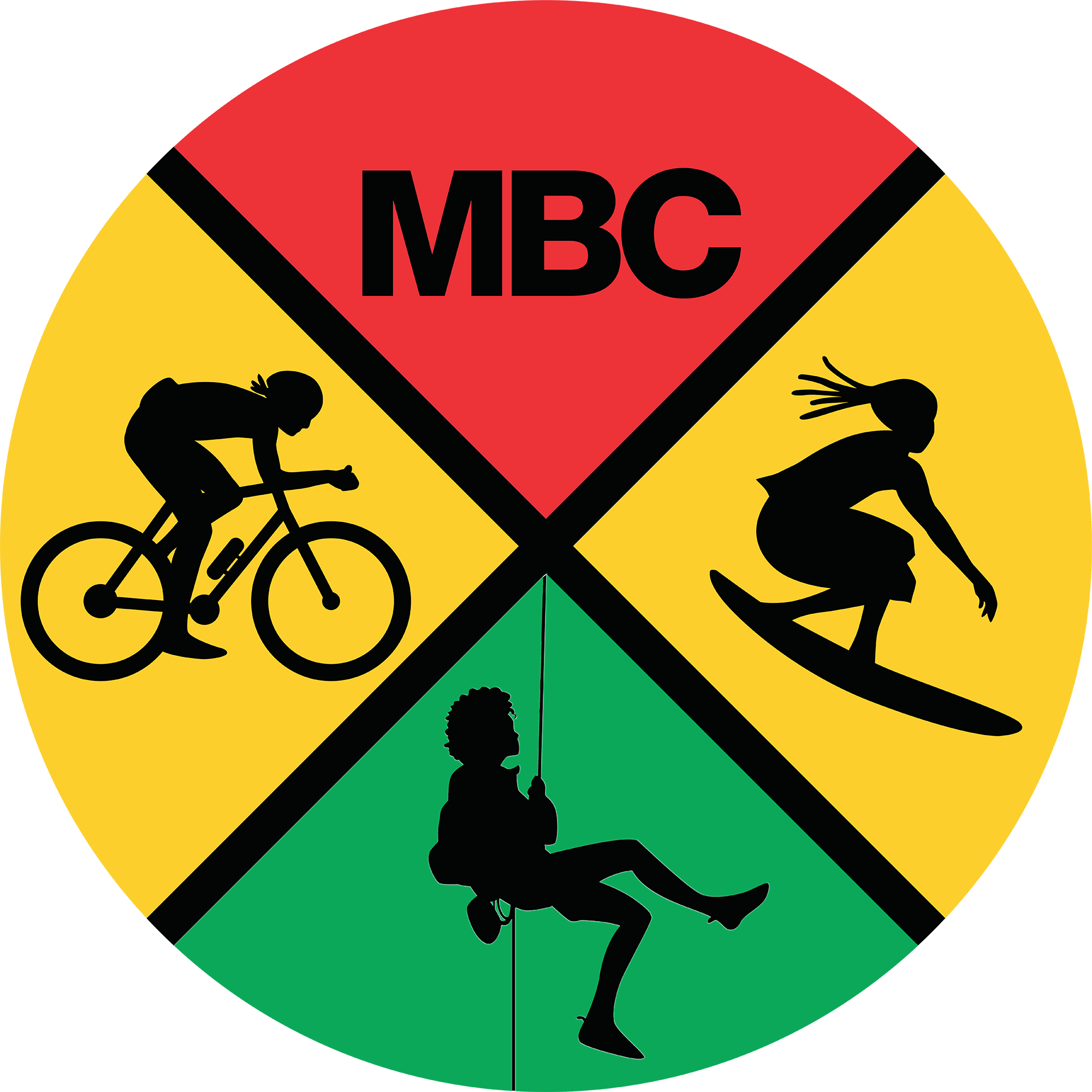
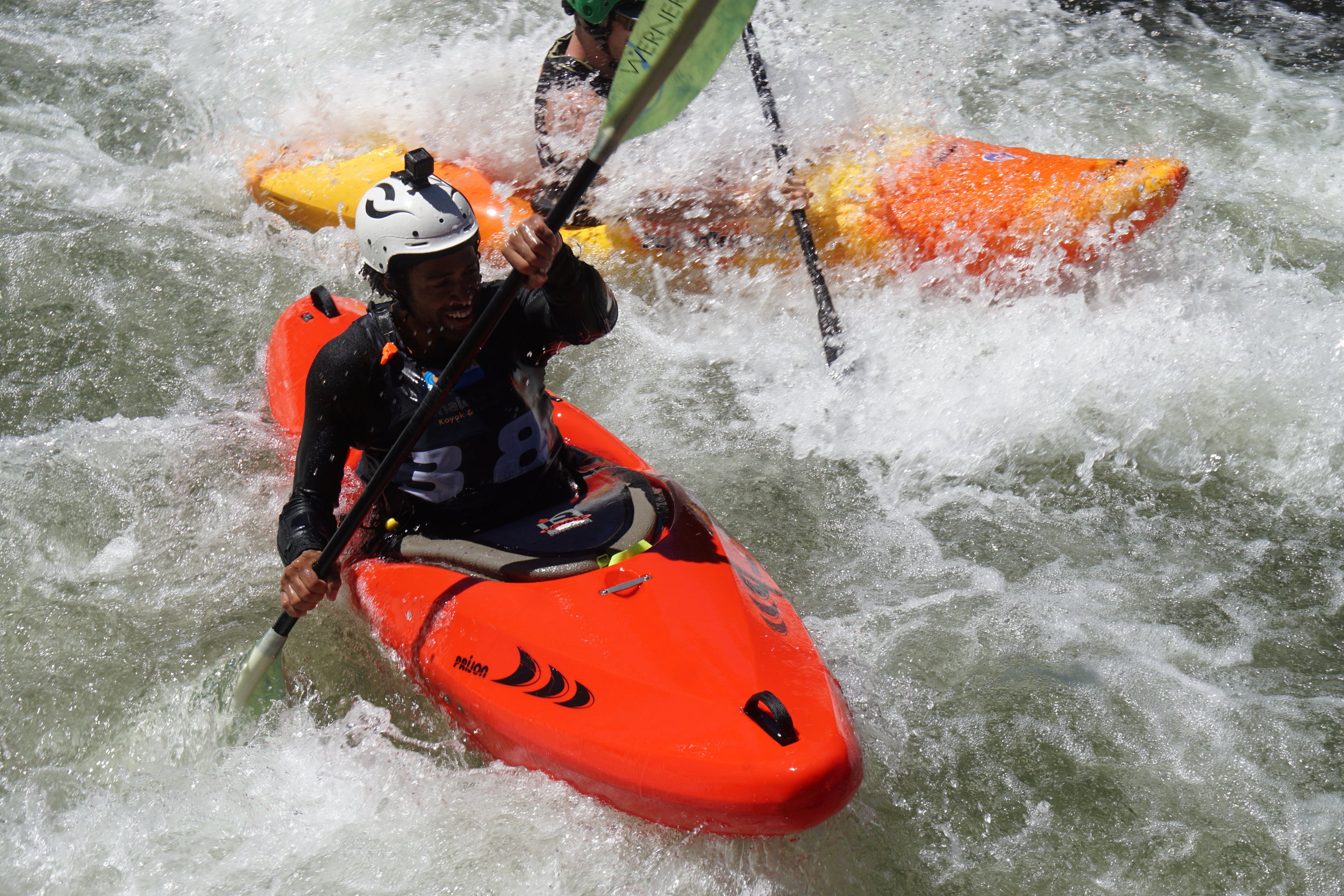
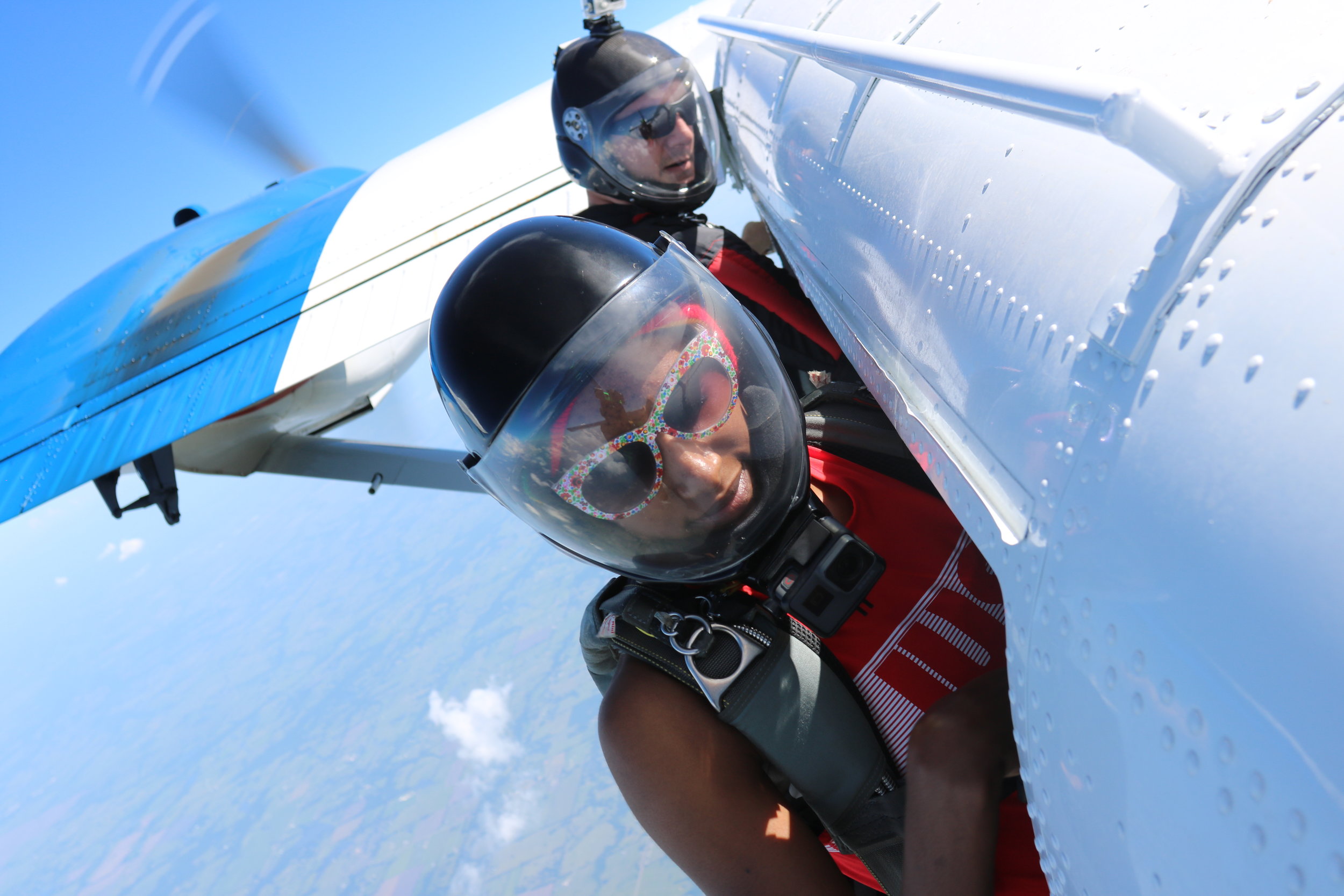





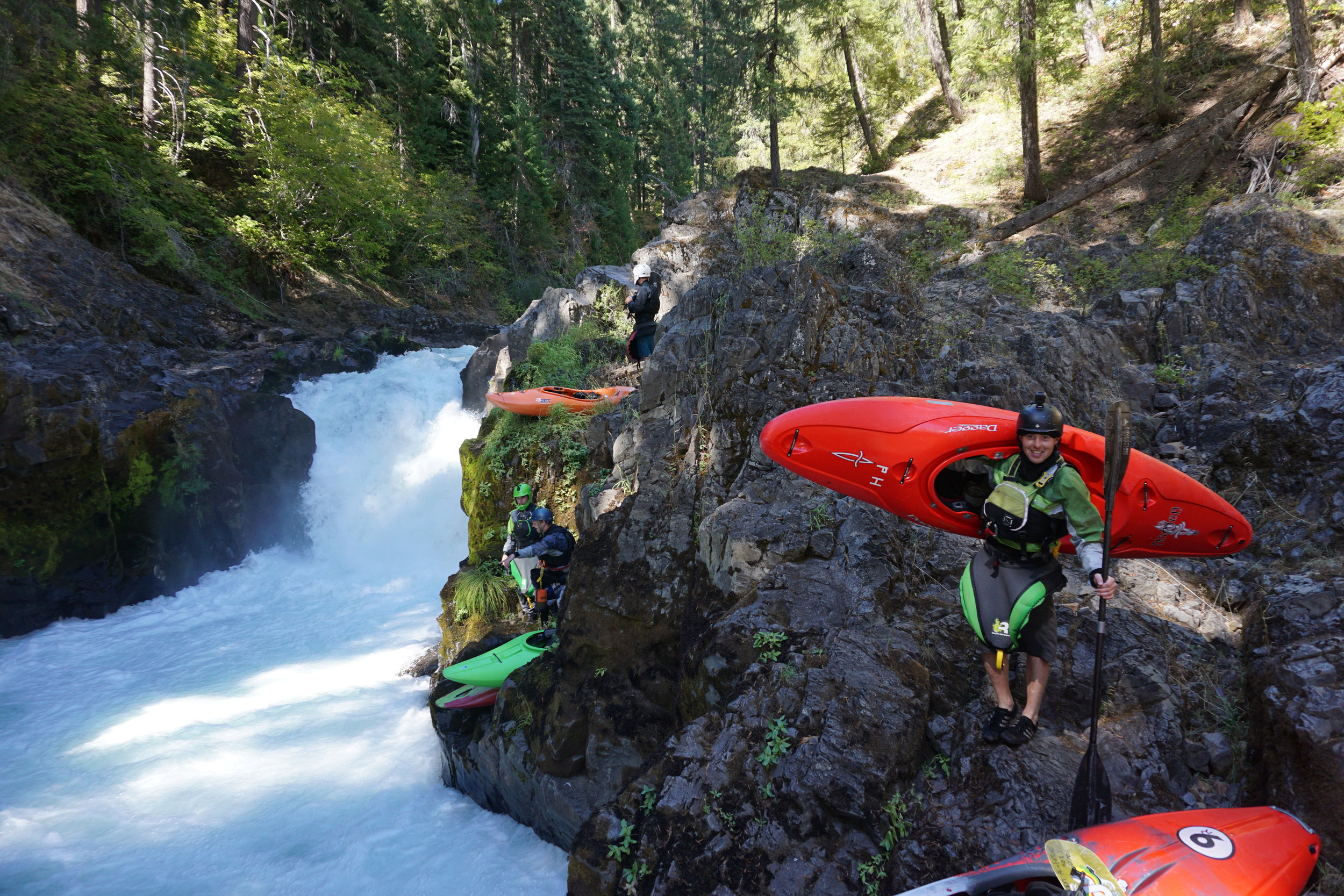
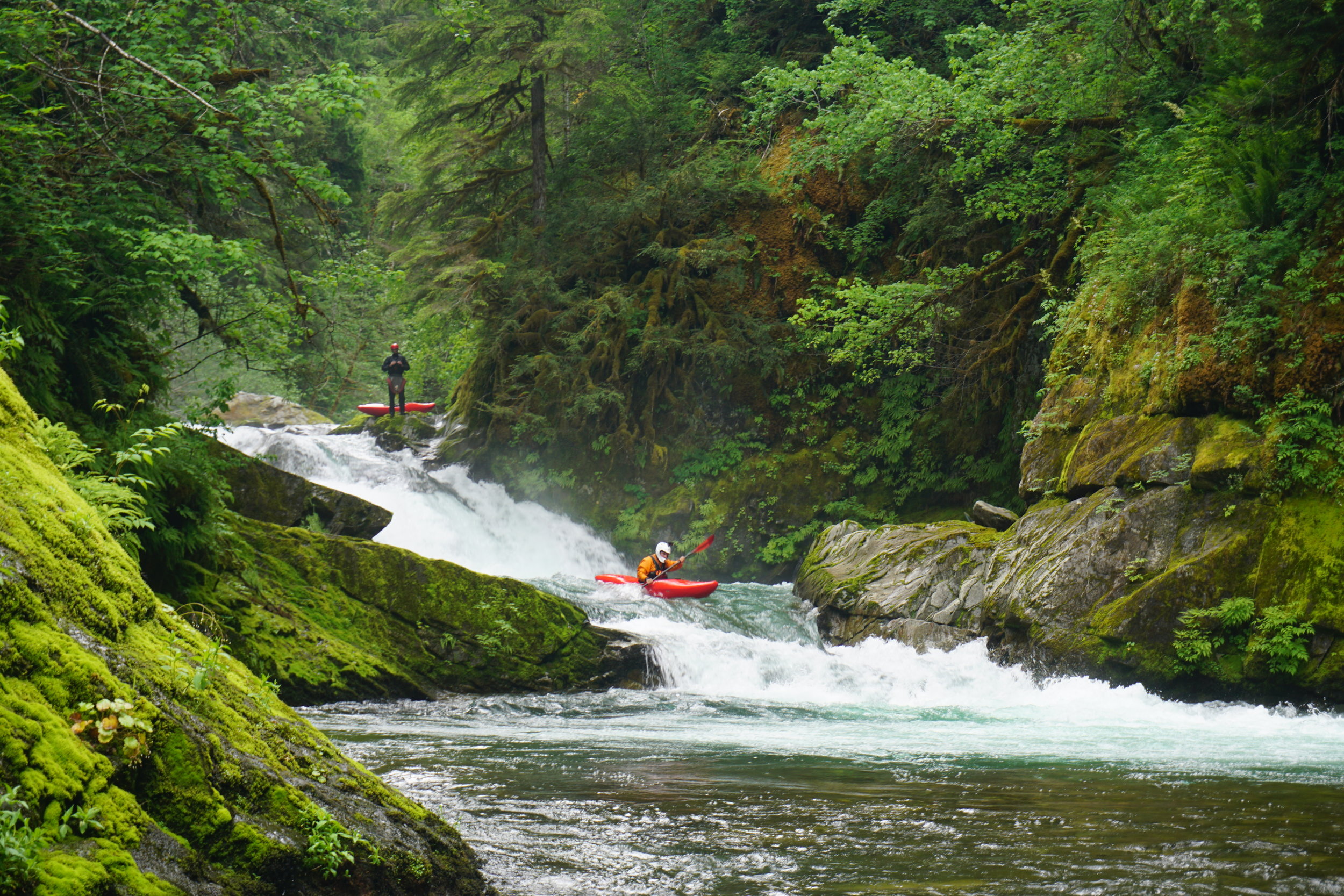
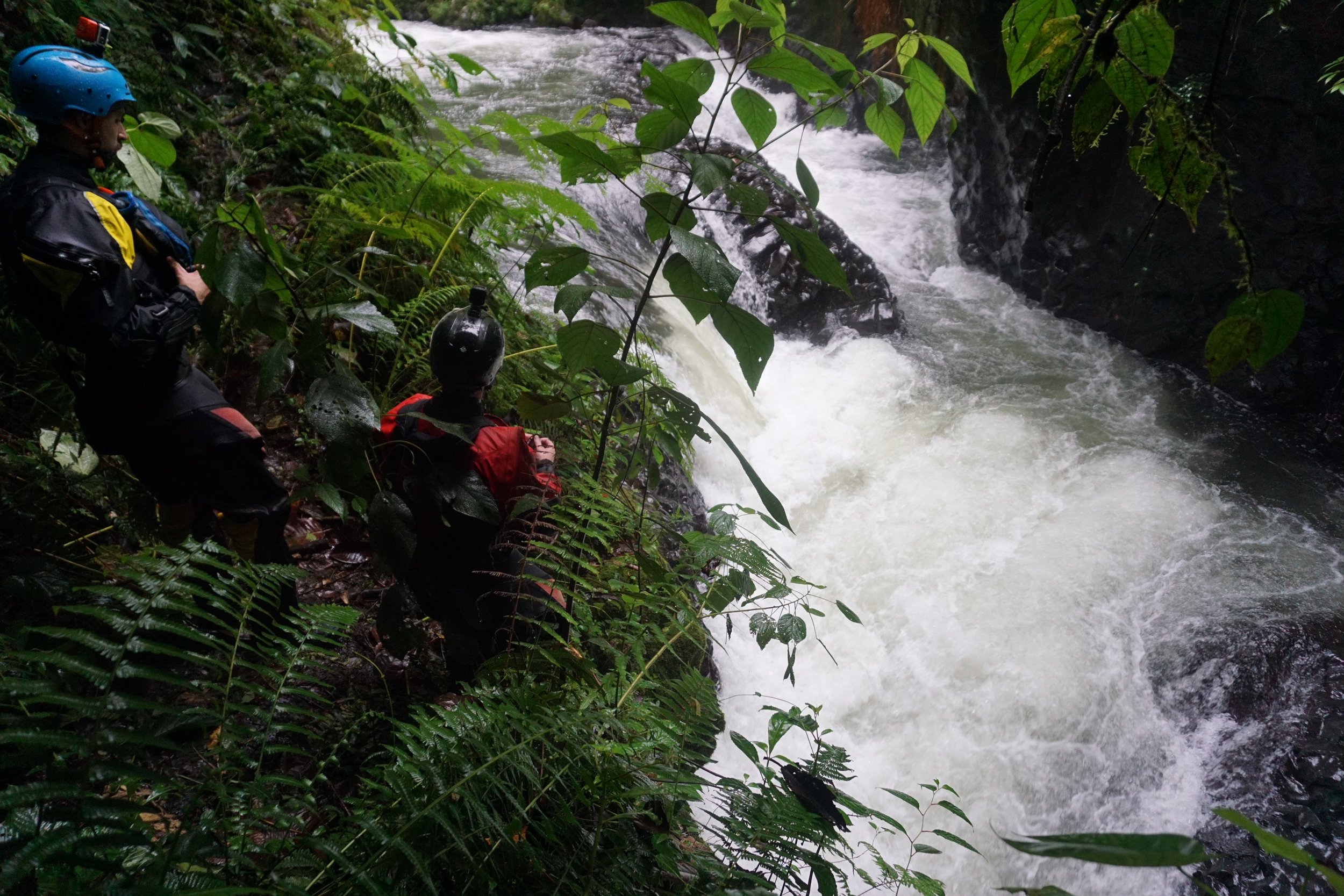
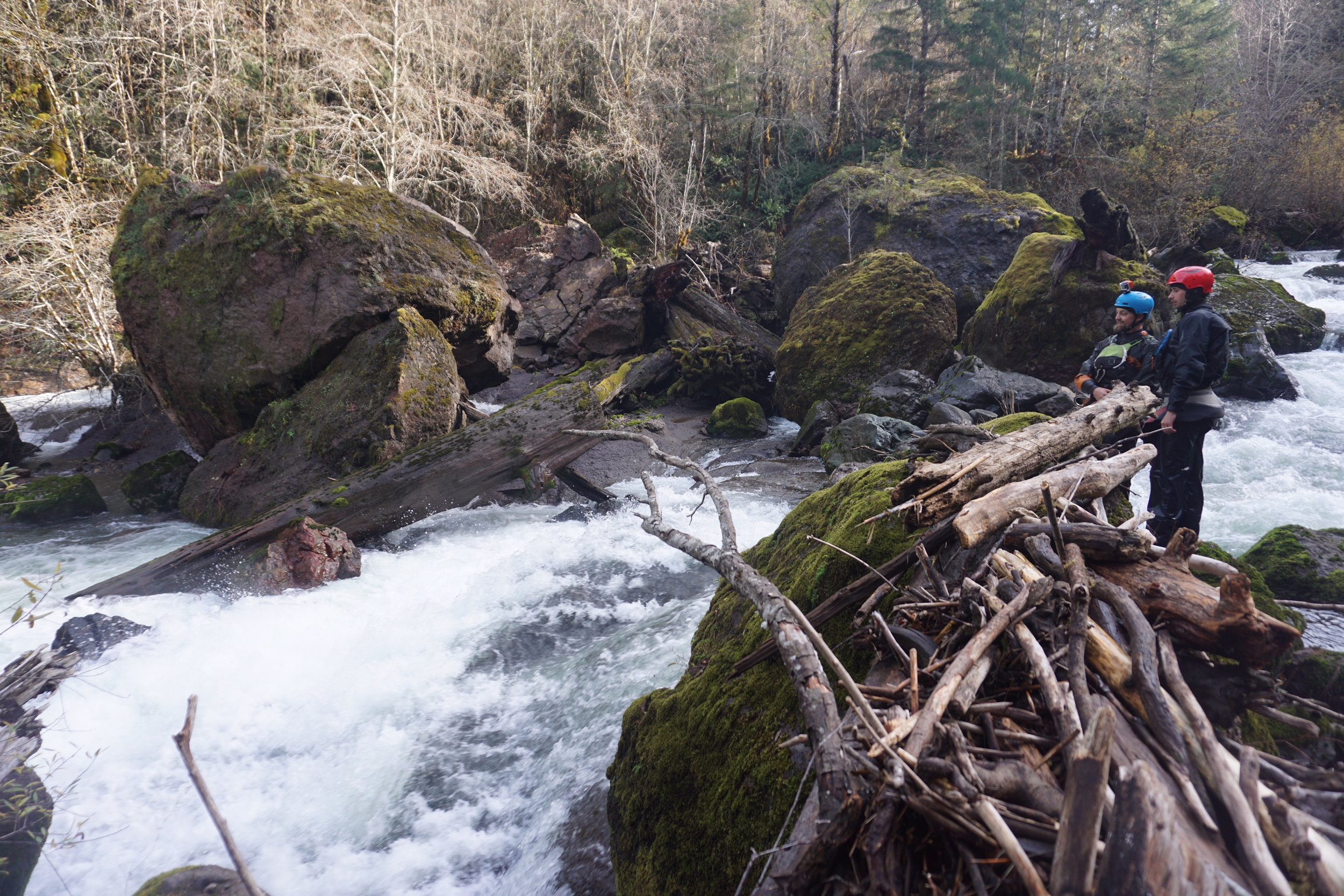

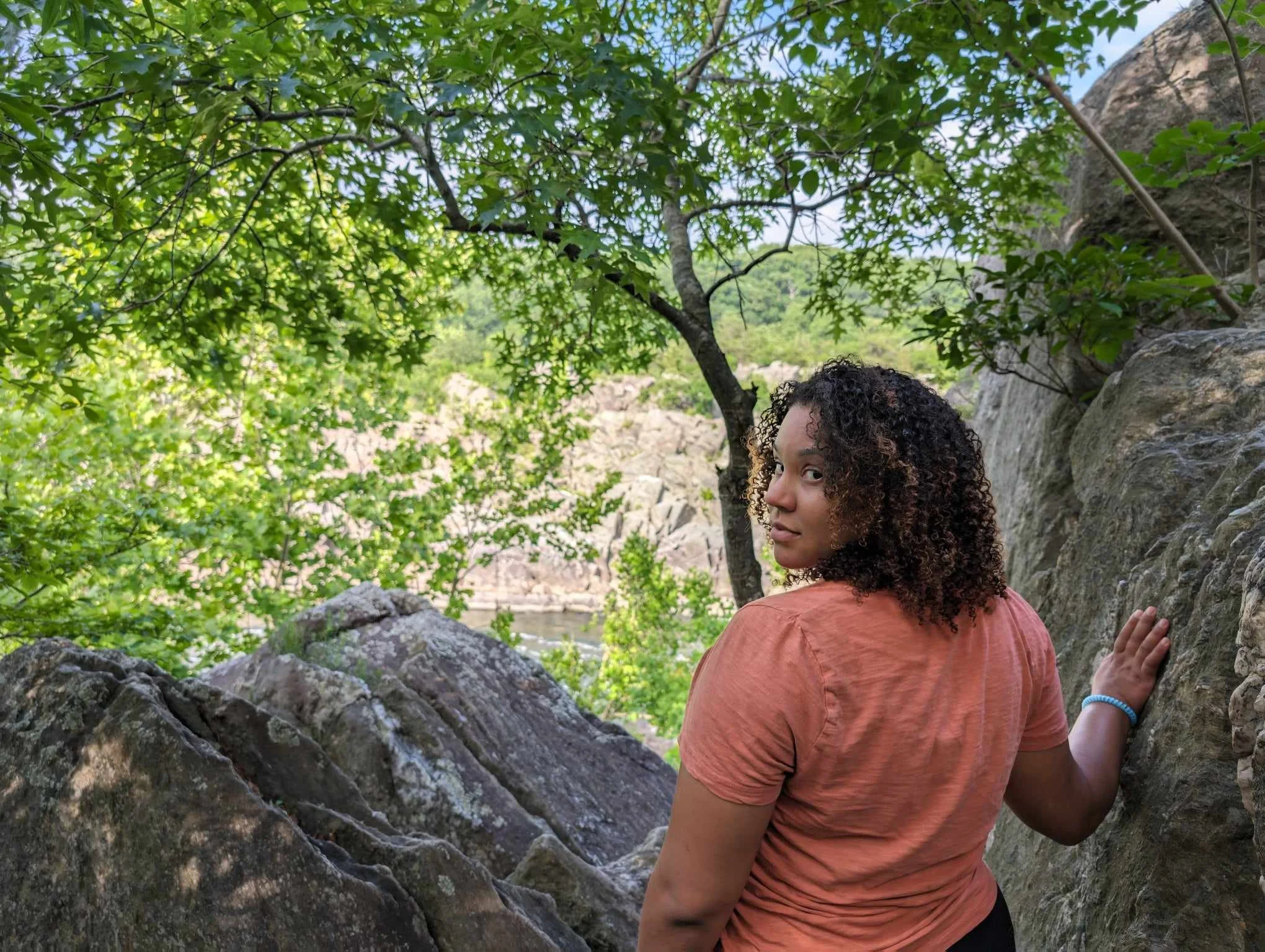

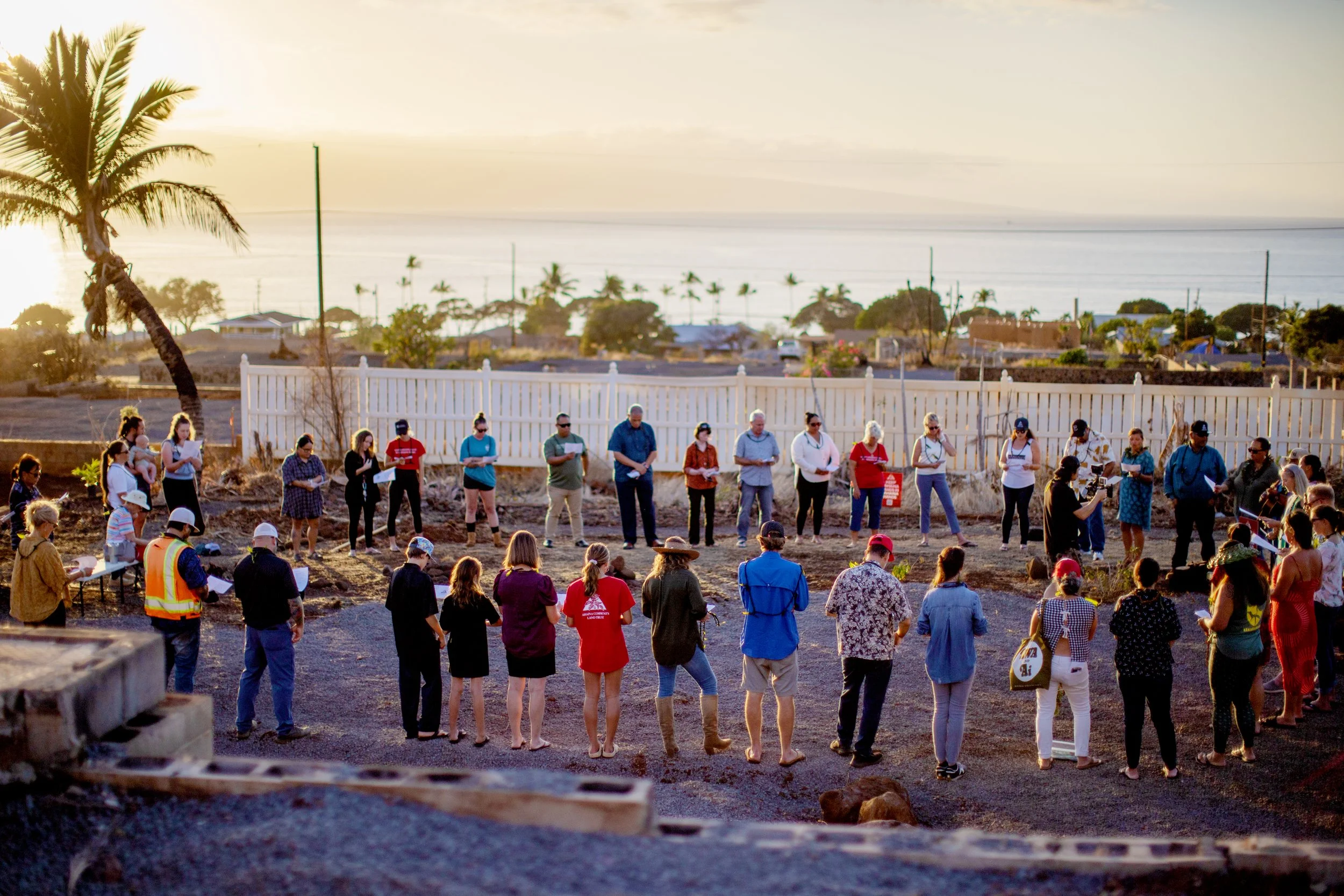


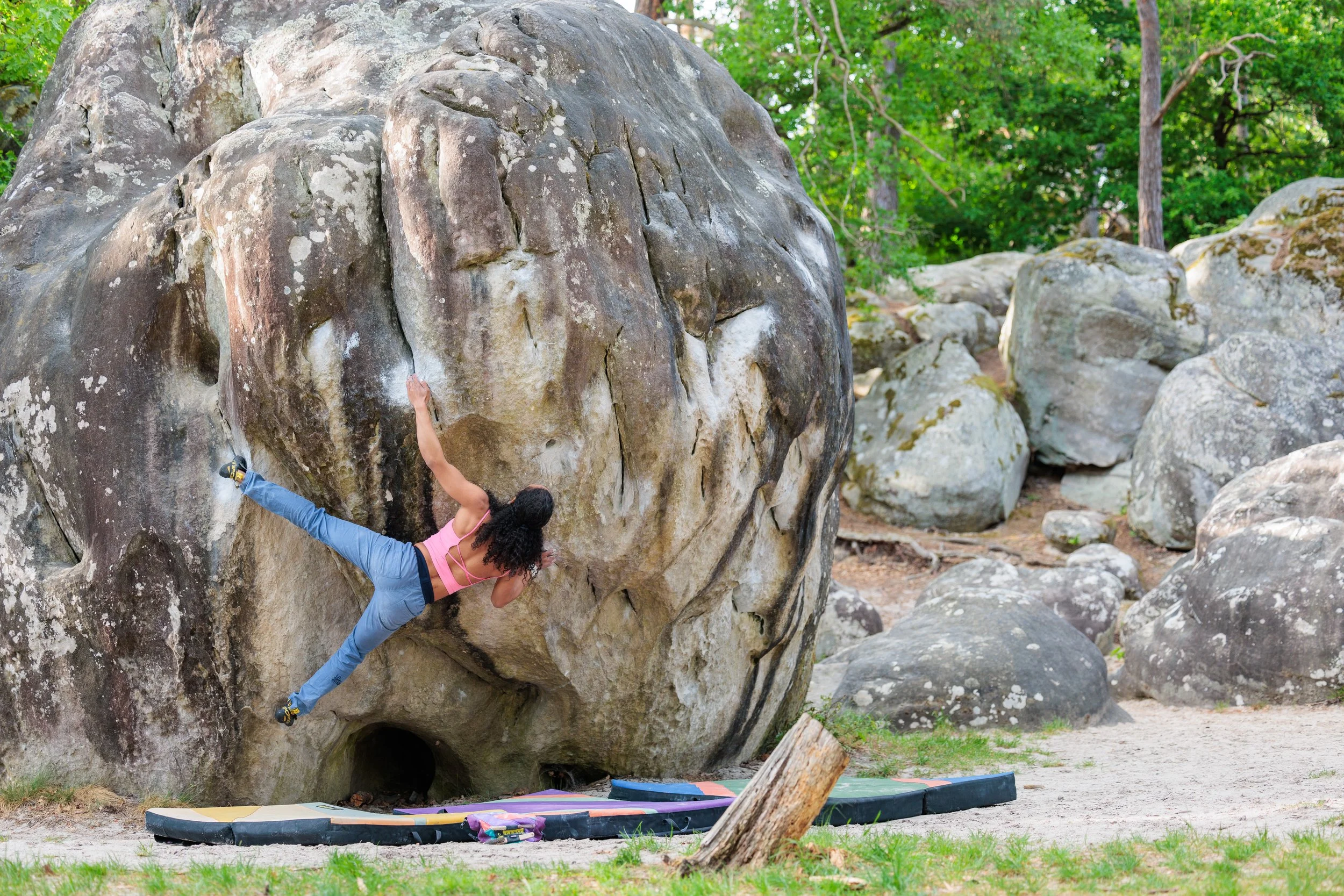






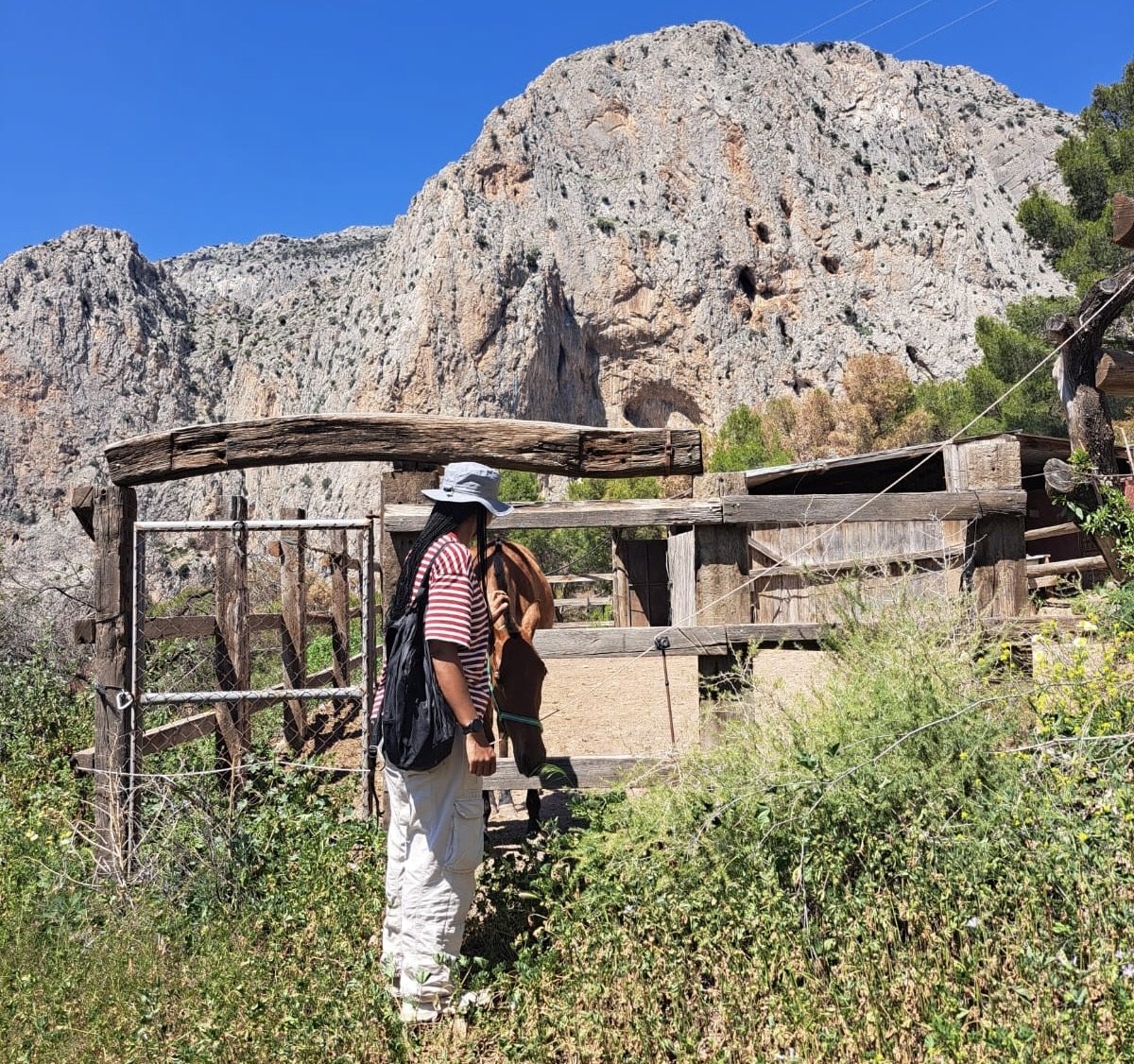


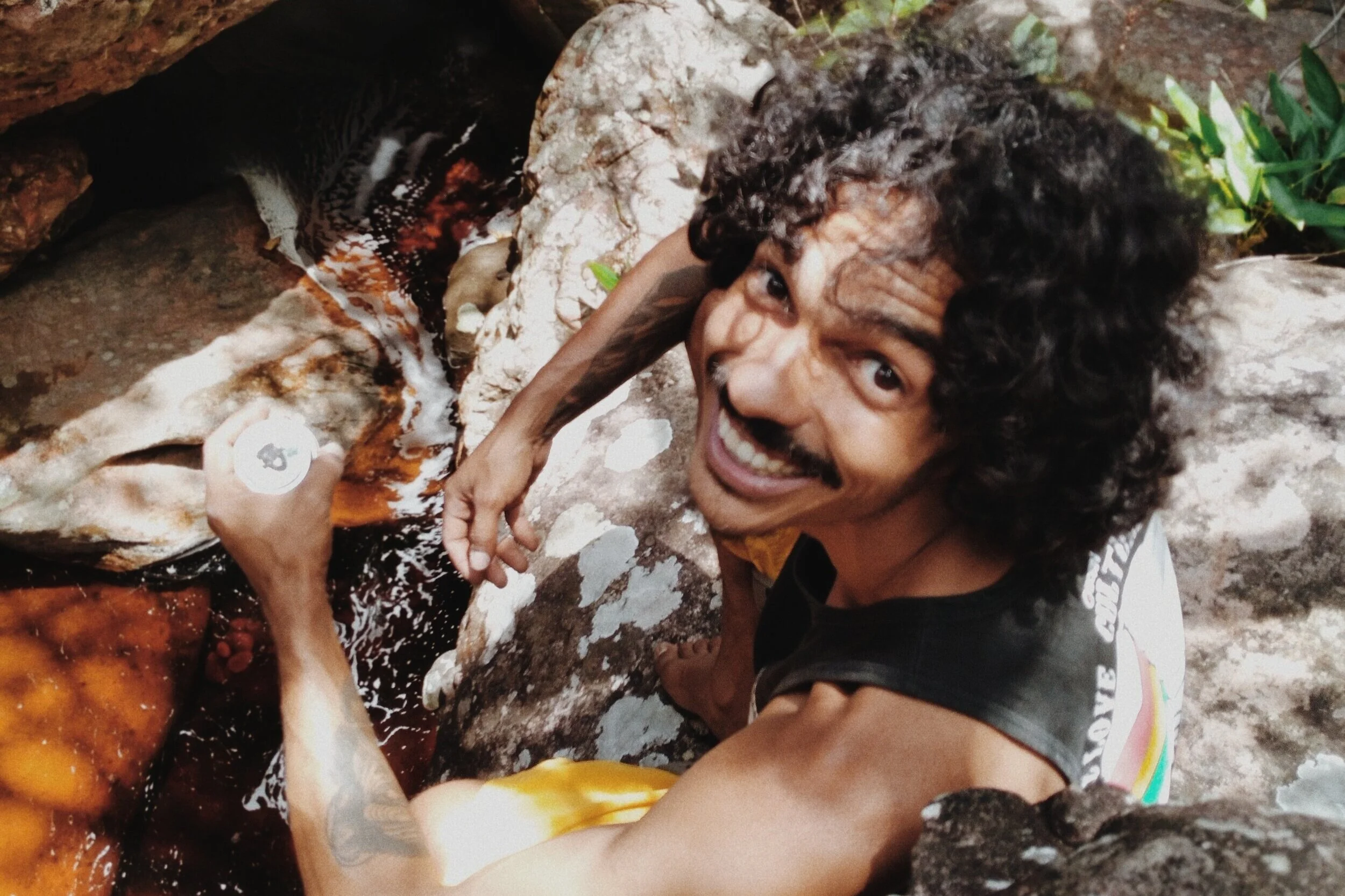


I also know that hunger disproportionately impacts Black Americans who make up nearly 30% of SNAP recipients. So why would I celebrate cuts to a program that is a lifeline for so many people?